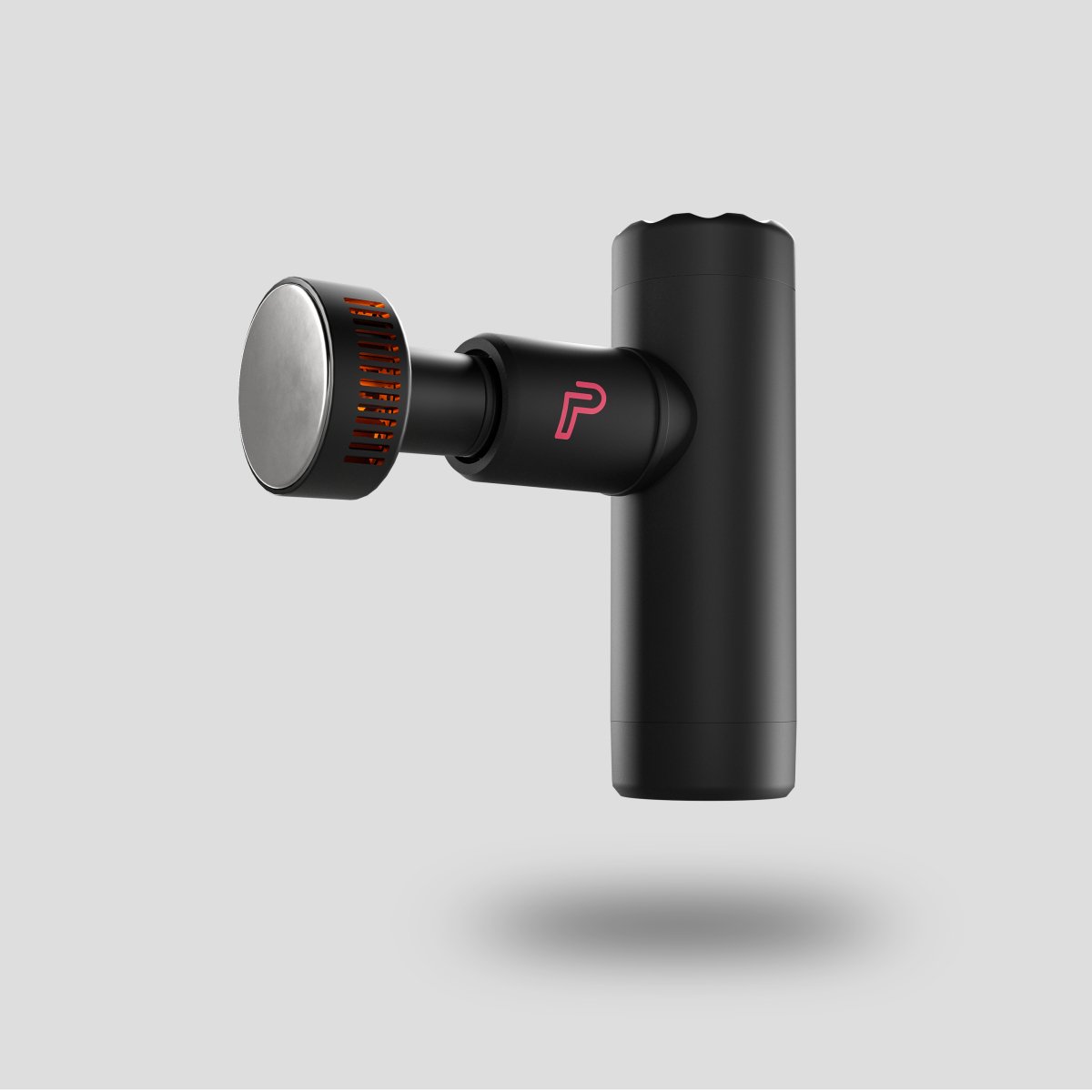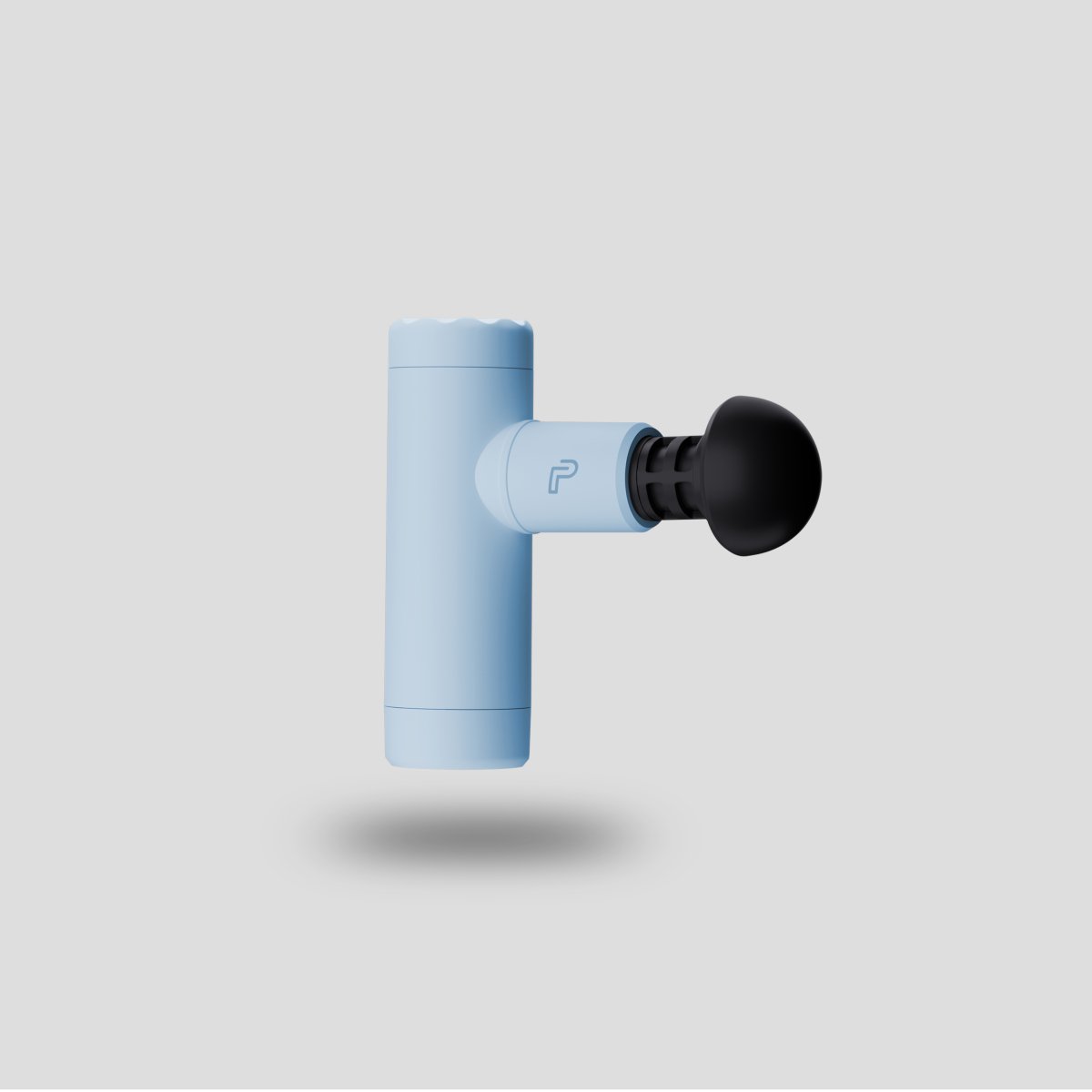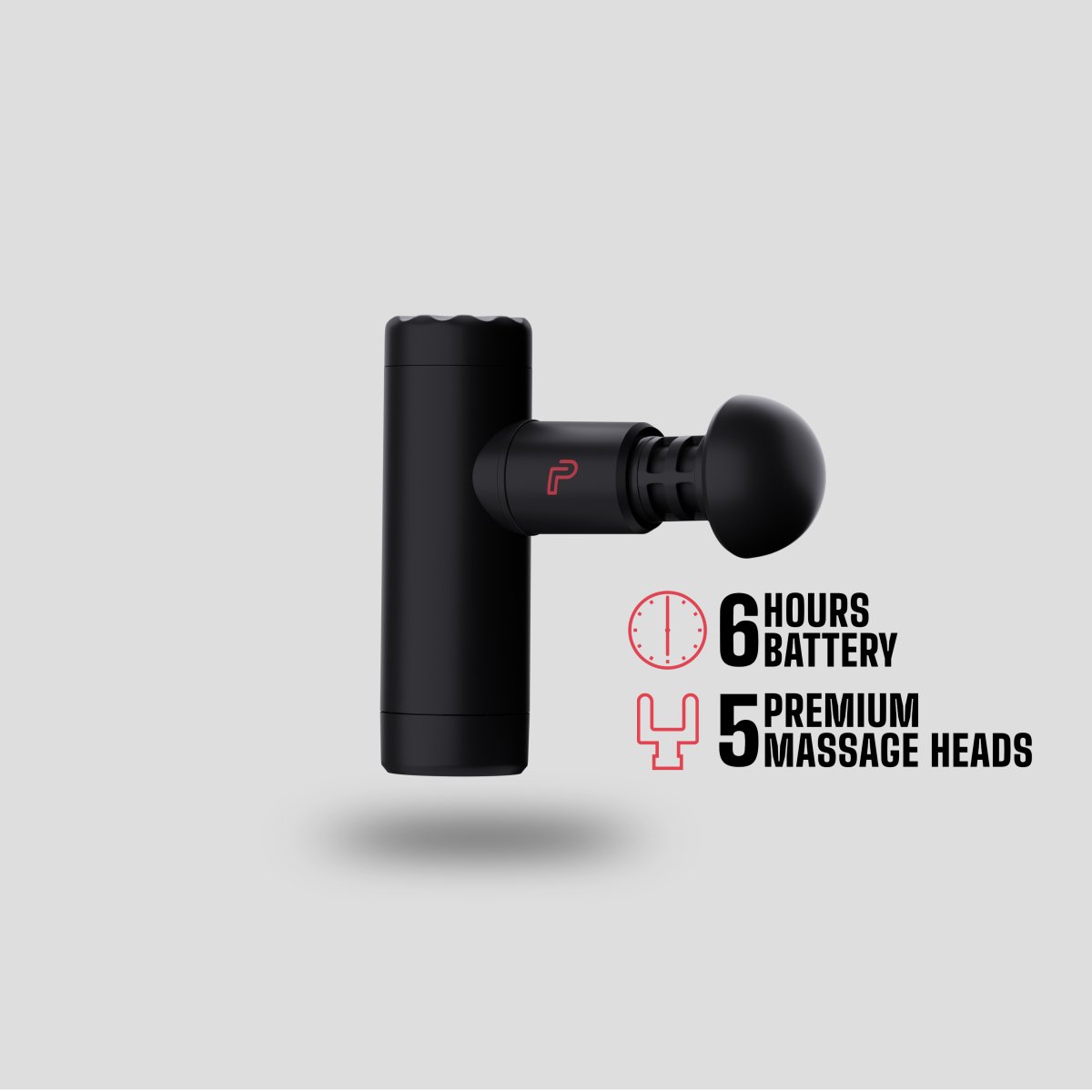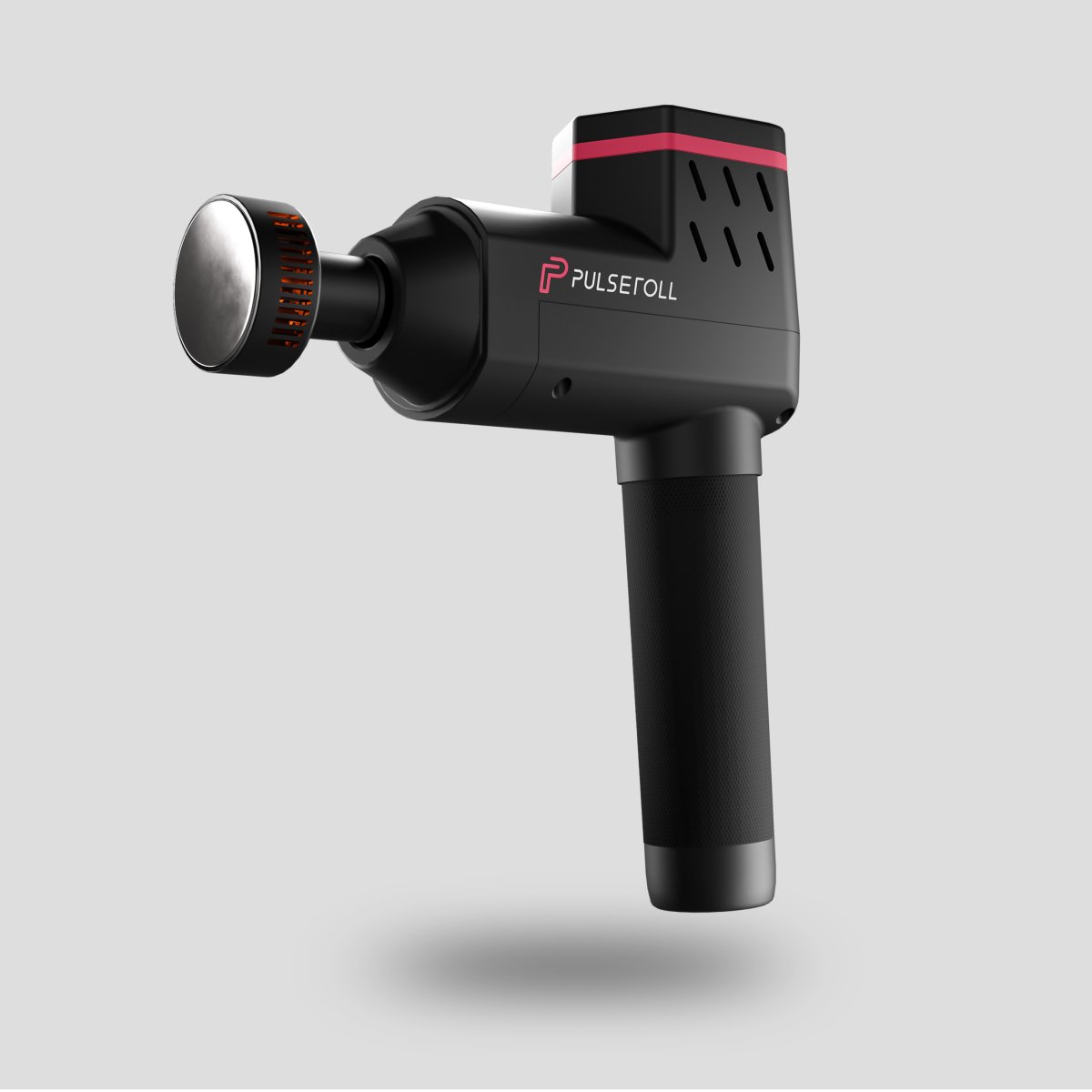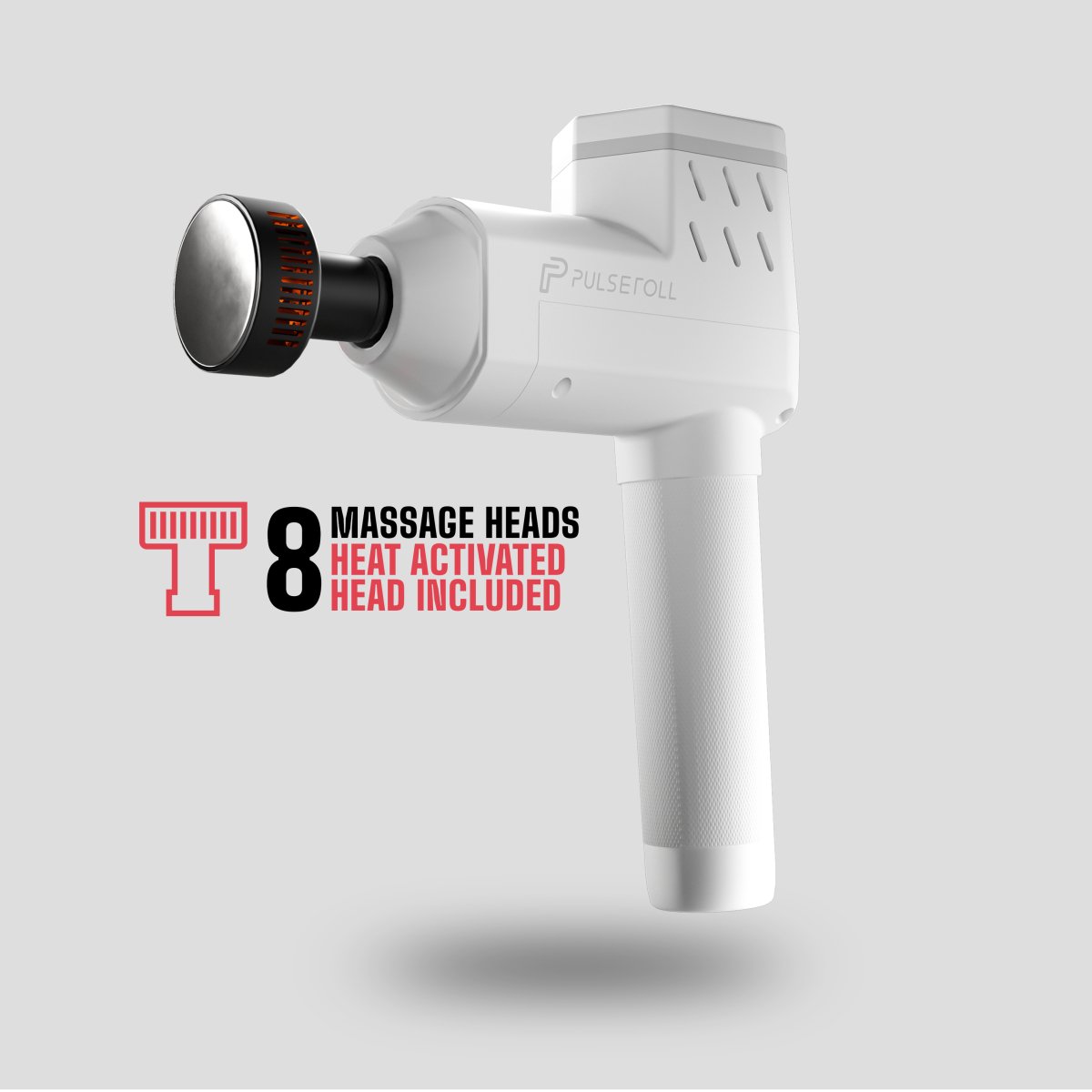There is so much terminology used in the fitness industry, and it can be very intimidating, especially if you’re new to working out. You might hear fitness phrases being spoken like some kind of secret code, but don't worry this blog has you covered on understanding the different fitness and recovery terminology!

Muscle recovery
The muscle recovery process occurs after you hit the gym or do an intense bodyweight workout. When you complete a tough workout, the muscle fibres tear, they then rebuild themselves stronger, and this is how we build muscle. This happens naturally, but you can use tools to speed up the muscle recovery process.Vibration training
Vibration training is a training style in which the exerciser performs exercises while on a machine that vibrates the entire body. This is known as whole-body vibration and is typically used to aid weight loss, burn fat, improve flexibility, enhance blood flow, reduce muscle soreness after exercise and build strength. Local body vibration is where a vibrating tool is placed directly onto specific muscles on the body.

Percussive therapy
Massage guns offer what's known as percussion therapy. This type of massage provides rapid bursts of pressure into the body's muscle tissue (hence the rippling effect of massage guns) which eases muscle soreness and helps to repair damaged tissue by stimulating blood flow.Cardio
Cardio includes any exercises that raise your heart rate. During aerobic activity, you repeatedly move large muscles in your arms, legs and hips. Your heart rate increases and you breathe faster and more deeply. Cardio strengthens the heart and lungs as well as helping to maintain a healthy weight.Core training
Core exercises train the muscles in your pelvis, lower back, hips and abdomen to work in harmony. This leads to better balance and stability in general life or while exercising. A strong core can also improve posture.HIIT
High-intensity interval training is a form of cardiovascular exercise alternating short periods of intense aerobic exercise with less intense recovery periods. This is often seen as a time-efficient way to burn calories.

Metabolic conditioning
Metabolic conditioning is a method of training that involves a very high work rate, using exercises designed to burn more calories during your workout and maximise calories burned after your workout. These routines are designed to reset the metabolism, resulting in better fat loss. It includes high-intensity circuit-type workouts.DOMS
Delayed onset muscle soreness occurs 1 - 2 days after a workout and can last up to 5 days. This type of muscle pain typically occurs when you start a new exercise programme, change your exercise routine, or increase the duration or intensity of your regular workout.







